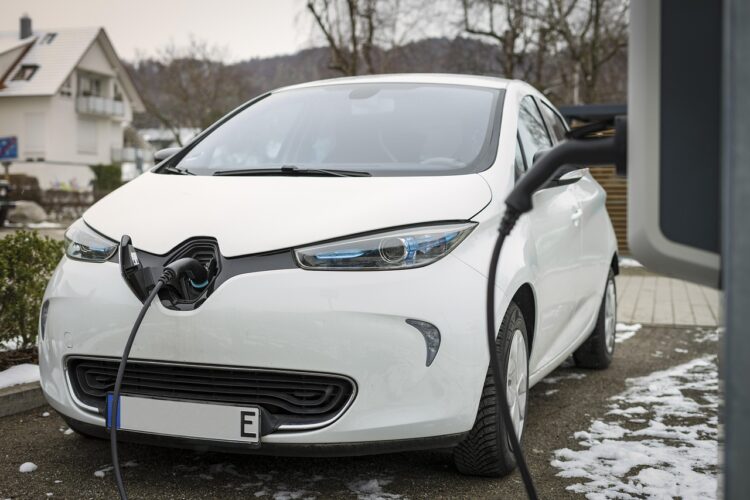Small-Scale Wind Power: Breaking Barriers and Cultivating Communities
As the world increasingly turns towards renewable energy sources to combat climate change, small-scale wind power is gaining traction among home owners, small businesses, and farming communities. This article explores how these diminutive yet potent systems are not only breaking barriers in terms of energy accessibility but are also fostering community spirit and resilience in energy production.
The Rise of Small-Scale Wind Turbines
Small-scale wind turbines are typically under 100 kilowatts, designed to help power individual homes, small enterprises, or agricultural operations. This contrasts significantly with the giant turbines used in commercial wind farms. The appeal of small-scale turbines includes reduced dependencies on national grids, lower carbon footprints, and potential cost savings. With advancements in technology, the efficiency and cost-effectiveness of these systems have dramatically improved, making them an increasingly viable option for many.
Key Benefits of Small-Scale Wind Energy Systems
- Environmental Impact: These systems produce no emissions once installed and require relatively small amounts of energy to manufacture, significantly lowering the carbon footprint associated with their lifecycle.
- Energy Independence: They provide users with the ability to generate their own electricity, reducing reliance on large-scale power grids and protecting against unpredictable energy prices.
- Cost Savings: After the initial investment, the operational costs are quite low. Many users recover the initial cost in just a few years through savings on their electricity bills.
Challenges and Solutions in Small Wind Power Adoption
Despite the appealing benefits, several challenges hinder the widespread adoption of small-scale wind power systems. These include the initial cost of installation, zoning and permitting issues, and the necessity of a suitably windy location. Moreover, some people express concerns about the aesthetic impact and noise created by the turbines.
Financial Incentives and Supports
Government incentives, such as grants and tax breaks, can significantly reduce the burden of initial costs. In the US, for instance, the federal government offers a 30% tax credit for the installation of small wind systems.
Zoning and Community Engagement
Effective communication and engagement with local communities help alleviate aesthetic and noise concerns. Transparent processes and involving community in planning can turn opposition into support.
Technological Innovations
Advancements in turbine technology have led to quieter and more visually appealing designs, making them more suitable for residential areas without disrupting the local ambience.
Case Studies: Community-Powered Success
Across the globe, numerous communities have embraced small-scale wind power to create energy self-reliance and sustainable development. For example, in rural Scotland, a community-owned wind project provides energy to local homes, with profits being reinvested into local development projects. This has not only empowered the community but also strengthened the local economy.
How to Get Started with Small-Scale Wind Power
For those interested in exploring small-scale wind power, the first step is assessing the wind resource. Many regions provide wind maps and charts that help potential users evaluate whether their location has sufficient wind speed. The next steps involve:
- Consulting with local experts and installers who can provide detailed feasibility assessments.
- Understanding local regulations and potential incentives.
- Choosing the correct turbine size and type based on location and energy needs.
The Future of Small-Scale Wind Power
As technology progresses and communities become more engaged in renewable energy practices, the future looks bright for small-scale wind power. Increased awareness and better regulatory frameworks can further boost its adoption, potentially transforming how we think about and use energy in our communities.
Conclusion
Small-scale wind power is more than just an alternative to traditional energy sources; it’s a catalyst for community empowerment, economic resilience, and environmental stewardship. By addressing the barriers to adoption and focusing on community-based strategies, small-scale wind power has the potential to play a crucial role in the global transition towards sustainable energy.










